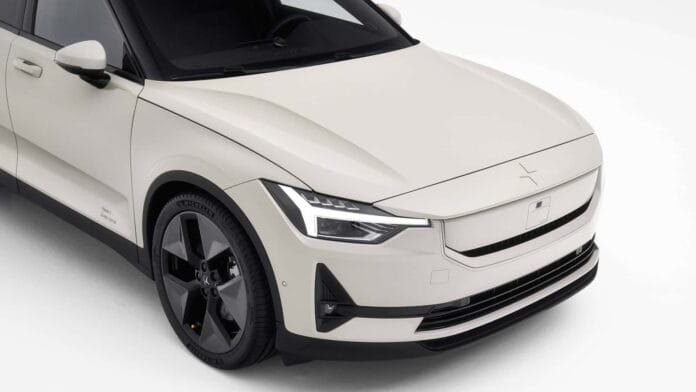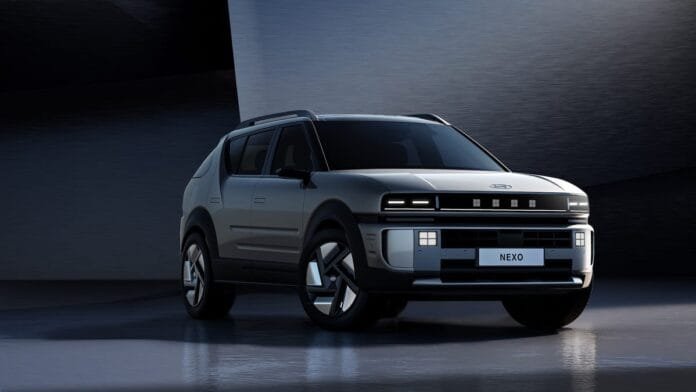Introduction to New Tariffs
On April 3rd, a significant change in the automotive industry was announced by President Donald Trump, involving a 25% tariff on all automotive imports. This decision has broad implications for car buyers, with expectations of increased prices for both new and used vehicles. Understanding the nuances of these tariffs is essential for anyone considering a vehicle purchase in the near future.

The Details of the Automotive Tariff
These tariffs primarily target imported vehicles and parts, aimed at incentivizing domestic production. Industry experts predict that consumers may face price hikes ranging from ,500 to ,000, depending on the vehicle’s origin and parts content. The tariffs are designed to enhance the U.S. economy by making imported cars more expensive, effectively encouraging buyers to opt for domestically assembled vehicles.
Impact on Car Buyers
The repercussions extend beyond new cars, affecting the price of used vehicles as well. With the revocation of tariff exemptions on low-value imports from China, costs for certain car parts are expected to rise. This means that if your older vehicle requires parts sourced from China, you may encounter higher repair costs. Moreover, the reciprocal tariffs set to roll out later this month further complicate the landscape for average consumers, reinforcing the need for informed purchasing decisions.




